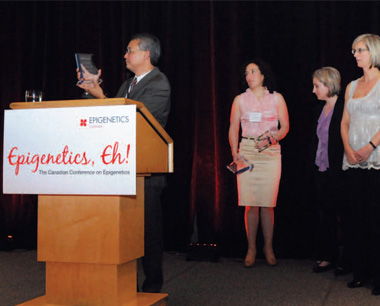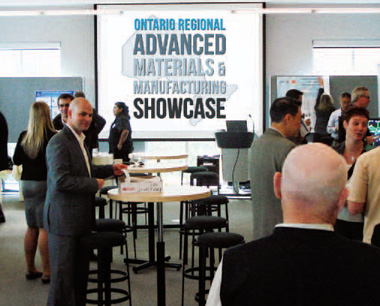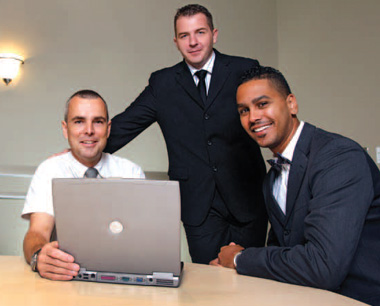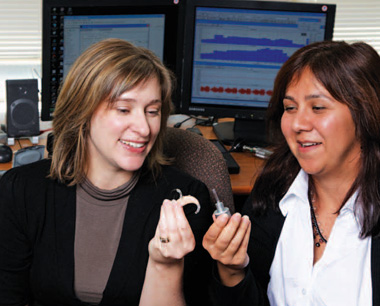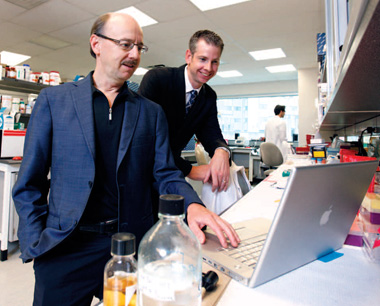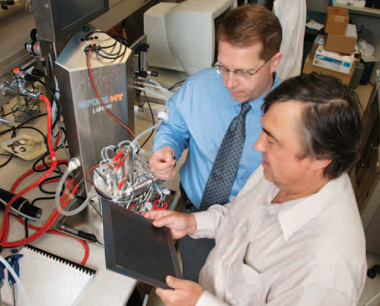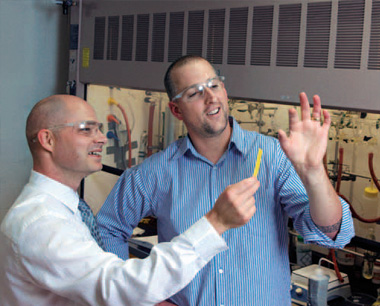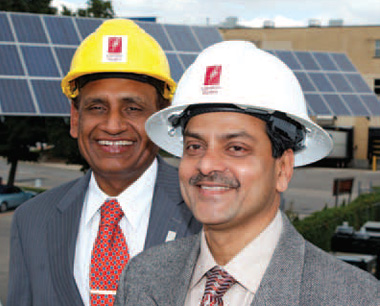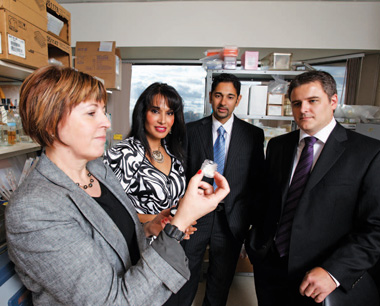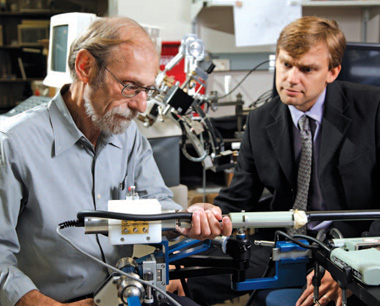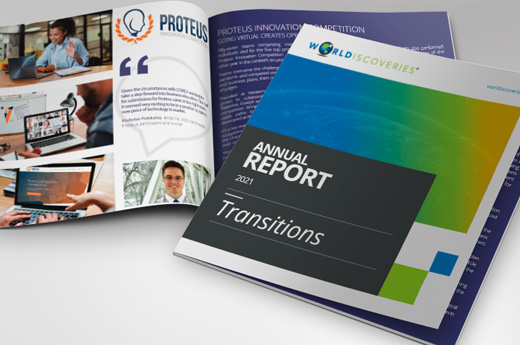An international conference on Epigenetics in May not only brought together dozens of researchers from across Canada and around the globe, it also signaled London is on its way to becoming a leading centre of research in the burgeoning Epigenetics field.
The conference, aptly entitled, Epigenetics, Eh!, featured Canadian and international speakers discussing the latest advances in the field. Epigenetics is the study of the genetic instructions used to assemble proteins into living organisms such as the human body. Translated from the Latin to mean “beyond genetics,” it is a field poised for enormous growth, in Canada and around the world, with the potential for life-altering health and environmental findings.
Over the last five years, the Children’s Health Research Institute (CHRI), a division of the Lawson Health Research Institute, has become one of the world’s leading Epigenetics research centres. Dr. Victor Han, CHRI Director, has been instrumental in attracting researchers and developing a network of expertise.
One of the goals of the conference was to begin work toward creating a collaborative Canadian Epigenetics Research Network – known as Epigenetics Canada – from coast to coast, a step already taken by researchers in the U.S. and Europe.
WORLDiscoveries® played an active role in organizing the conference and in helping to establish London as a leading centre of research. With more than 20 Epigenetics researchers already in place across the city, the goal of making London a hub of Canadian Epigenetics research has reached critical mass, thanks to the cooperative work of CHRI, Lawson, Western and WORLDiscoveries®.
Read more
